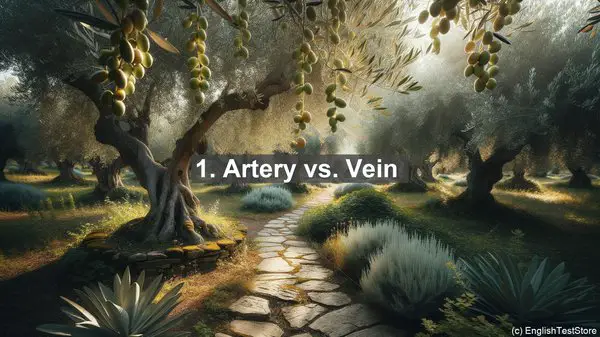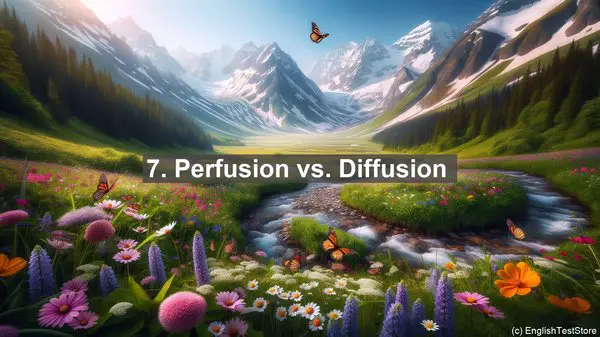Introduction
Understanding the intricacies of vascular biology can be challenging, especially when it comes to the numerous terms that are often used interchangeably. In this lesson, we’ll shed light on the top 10 commonly confused words in this field, ensuring that you have a solid grasp on their meanings. So, let’s dive in!
1. Artery vs. Vein
Arteries and veins are both crucial components of the circulatory system, but they have distinct roles. Arteries carry oxygenated blood away from the heart, while veins transport deoxygenated blood back to the heart. Remember, arteries ‘away,’ veins ‘to.’
2. Atherosclerosis vs. Arteriosclerosis
Atherosclerosis and arteriosclerosis are often used interchangeably, but they refer to different conditions. Atherosclerosis is the buildup of plaque in the arteries, while arteriosclerosis is the thickening and hardening of the arterial walls. Think of ‘athero’ for plaque and ‘arterio’ for the arteries themselves.
3. Ischemia vs. Infarction
Ischemia and infarction are both related to inadequate blood supply, but they have different implications. Ischemia is a reduced blood flow, while infarction is the complete blockage of blood flow, leading to tissue death. Ischemia is like a warning sign, while infarction is a severe consequence.

4. Embolism vs. Thrombosis
Embolism and thrombosis involve the formation of blood clots, but they occur in different ways. Thrombosis is the formation of a clot at the site, while embolism is when a clot travels and blocks a blood vessel elsewhere. Thrombosis is like a ‘local’ clot, while embolism is a ‘traveling’ clot.

5. Vasodilation vs. Vasoconstriction
Vasodilation and vasoconstriction refer to the widening and narrowing of blood vessels, respectively. Vasodilation increases blood flow, while vasoconstriction decreases it. Think of ‘dilation’ as expanding and ‘constriction’ as squeezing.
6. Hypertension vs. Hypotension
Hypertension and hypotension are terms used to describe blood pressure. Hypertension is high blood pressure, while hypotension is low blood pressure. Remember, ‘hyper’ for high and ‘hypo’ for low.
7. Perfusion vs. Diffusion
Perfusion and diffusion are both involved in the movement of substances, but they occur in different contexts. Perfusion is the delivery of blood to tissues, while diffusion is the movement of substances from an area of high concentration to low concentration. Perfusion is about blood flow, while diffusion is about substance movement.
8. Endothelium vs. Epithelium
Endothelium and epithelium are both types of tissue, but they line different structures. Endothelium lines the interior of blood vessels, while epithelium lines various body surfaces. Think of ‘endo’ for inside the blood vessels and ‘epi’ for the outer surfaces.
9. Vasoconstrictor vs. Vasodilator
Vasoconstrictors and vasodilators are substances that affect blood vessel diameter. Vasoconstrictors narrow the vessels, while vasodilators widen them. Remember, ‘constrictor’ for narrowing and ‘dilator’ for widening.
10. Angiogenesis vs. Vasculogenesis
Angiogenesis and vasculogenesis are both involved in blood vessel formation, but they occur at different stages. Angiogenesis is the formation of new vessels from existing ones, while vasculogenesis is the de novo formation of vessels. Angiogenesis is like ‘branching out,’ while vasculogenesis is ‘starting from scratch.’
